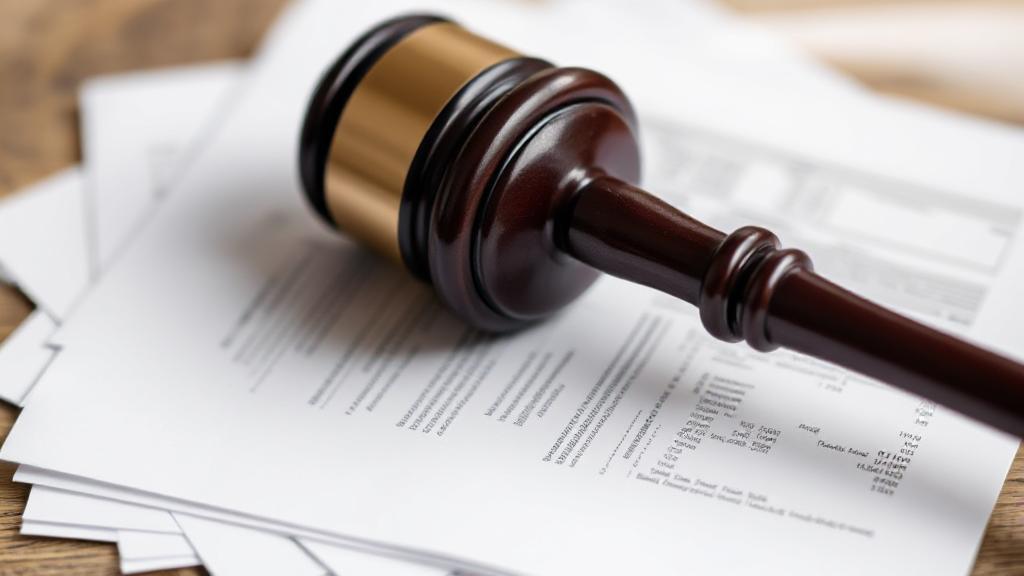Introduction
Bankruptcy is a legal process that provides individuals and businesses with a fresh start by eliminating or restructuring their debts. While it can be a daunting decision, understanding the reasons why people file for bankruptcy can help demystify the process and highlight its potential benefits.
Medical Expenses: The Leading Cause
Medical debt remains the number one reason Americans file for bankruptcy. According to a study published in the American Journal of Public Health, medical issues contributed to 66.5% of all bankruptcies. Even with insurance, individuals can face:
- High deductibles
- Expensive out-of-network charges
- Uncovered treatments
- Lost wages due to illness or injury
Common Causes of Bankruptcy
Job Loss and Unemployment
Sudden unemployment can devastate personal finances, particularly when combined with:
- Inadequate emergency savings
- High fixed expenses
- Limited job prospects
- Extended period of unemployment
The U.S. Bureau of Labor Statistics provides data on unemployment rates, which can offer context on how job loss affects financial stability.
Credit Card Debt and Poor Financial Management
While not always the primary cause, excessive credit card debt often contributes to bankruptcy filings. Common patterns include:
- Using cards for basic living expenses
- Making minimum payments only
- Balance transfers without addressing underlying issues
- High-interest cash advances
Divorce and Family Issues
The financial implications of divorce or separation can be significant through:
- Legal fees
- Division of assets
- Increased living expenses
- Child support obligations
- Alimony payments
"Divorce is like an atomic bomb that destroys not just a marriage but often the couple's financial future as well." - Financial advisor quoted in Forbes
Natural Disasters and Catastrophic Events
Despite insurance coverage, natural disasters can lead to bankruptcy through:
| Impact Area | Financial Consequence |
|---|---|
| Property Damage | Insurance shortfalls |
| Job Loss | Regional economic downturn |
| Medical Issues | Disaster-related injuries |
| Relocation Costs | Temporary housing expenses |
Types of Bankruptcy
The most common types are:
- Chapter 7 Bankruptcy: Also known as liquidation bankruptcy, it involves selling non-exempt assets to pay off debts.
- Chapter 13 Bankruptcy: This type allows individuals to keep their assets and reorganize their debts into a manageable repayment plan.
For more detailed information, visit the United States Courts website.
Prevention and Warning Signs
Red Flags
- Using credit cards for basic necessities
- Making late payments regularly
- Receiving collection calls
- Considering payday loans
- Depleting retirement accounts for current expenses
Alternatives to Bankruptcy
Before filing for bankruptcy, consider these alternatives:
- Debt Consolidation: Combining multiple debts into a single loan with a lower interest rate
- Credit Counseling: Working with a credit counselor to create a debt management plan
- Negotiating with Creditors: Directly contacting creditors to negotiate lower payments or interest rates
Conclusion
Filing for bankruptcy is a significant decision that can provide relief from overwhelming debt. While bankruptcy provides a fresh start for many, it's typically a last resort after other options have been exhausted. For those in financial distress, organizations like the National Foundation for Credit Counseling and the American Bankruptcy Institute offer valuable support and guidance.
